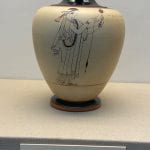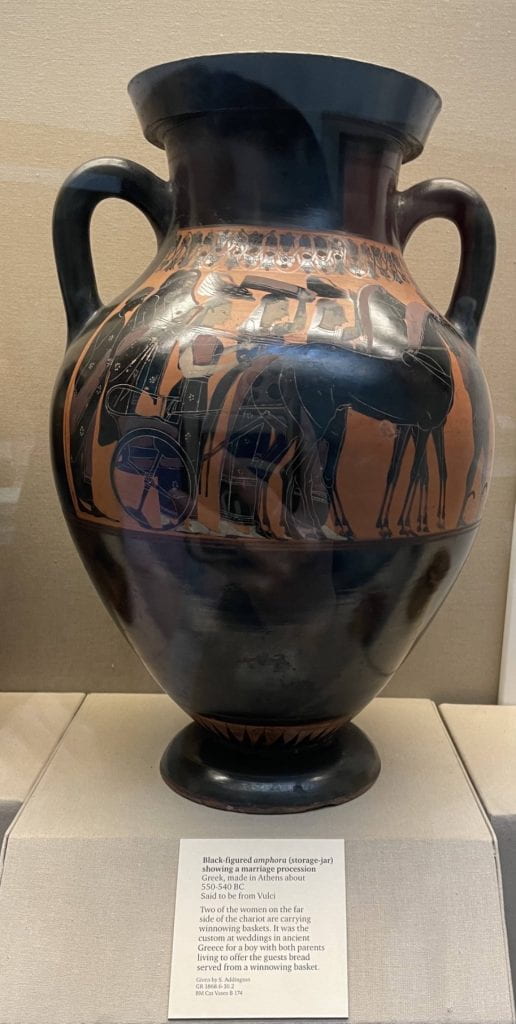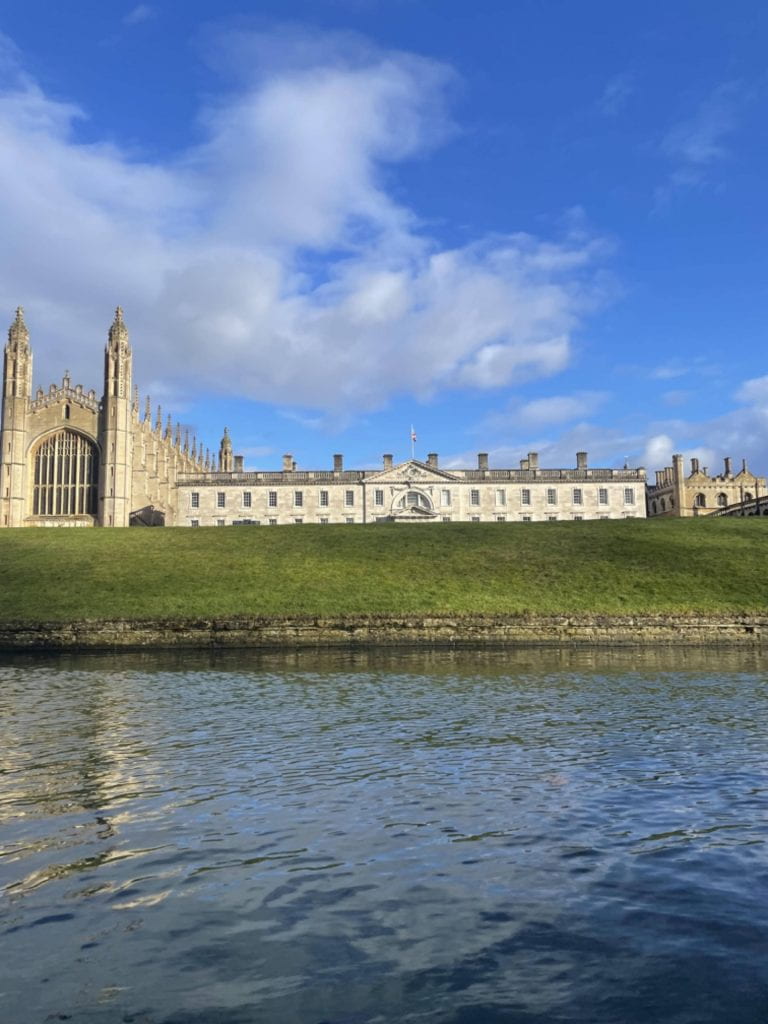Feminism in London

By: Lara Gonzalez
As we all know, women have always had the short end of the stick throughout history. Any woman that manages to somehow rise above the constant roadblocks presented by men will usually have their work undermined by a man.
Women’s role in history was our topic of discussion in Civ this week. More specifically, we addressed how women played a role in politics and warfare. We read the Greek comedy Lysistrata, which details an account of women banding together to create peace in Athens. Note that I called it a comedy, because at the time it was laughable that women were capable of being on the same playing field politically as men. Even though, as we learned in class, women quite literally fought on the battlefields against other soldiers and receive no credit for this sacrifice. With this knowledge, I took to London to see what representation I could find of women during Greek ages.


When in London, we must use London as our classroom. We took a class trip to the British Museum (which is just a five-minute walk from our building) where I found a few artifacts depicting life for women in Greece. There were a few vases that depicted the typical expectations of a woman in that era. One of the museum’s descriptions stated that, “In the Classical world a woman’s place was in the home. She played little part in public life…The most important duties of women…were bringing up children and running the household”. This is reflected in the play Lysistrata, where one of the fathers begged his wife to stop partaking in the other women’s strike and come home to take care of her baby, because he simply could not fathom handling a child. Many of the women were worried about their family lives back home and were worried that their husbands would leave them. Marriage was every woman’s main goal in life, since it gave them status, legitimacy, money, and a home. I also noticed multiple vases that depicted the traditional role of women.
This feminist theme carried with me throughout the week. I decided to go on a day trip to Cambridge, about an hour outside of London. Cambridge is home to Cambridge University, one of the best colleges in the world (I will include a picture below, it is a must see). While on my tour, my tour guide pointed out a pub that was founded in the 1500s, where it said that DNA was discovered. The two men who discovered DNA credited a previous scientist for his work that led to their discovery. All three men won a Nobel Peace Prize. However, the DNA discovery drew largely from the work of a woman, named Rosalind Franklin. She received no recognition. When the pub dedicated a plaque to the men who discovered DNA, someone graffitied Rosalind Franks’ name over the plaque. When it was replaced, it was graffitied yet again. The city of Cambridge decided to keep the graffiti, as a way to commemorate her for her work. The most shocking fact I heard on my tour is that Magdalene College, one of Cambridge University’s 31 colleges, did not integrate women until 1988. This was met with protest, where men wore all black to “mourn the death of a proper education”.
Using London as a classroom adds a new layer of depth to the information we learn in class. While we were just learning about a Greek play written back in 411 BC, it can be applied to so many aspects of life that I saw for myself in London. Women have been notoriously under credited for their fighting efforts, and I can still see the gaps in this today. The only way to paint a true picture of women’s efforts throughout history is to continue to educate, empower, and blaze new trails like so many women of the past already have.






